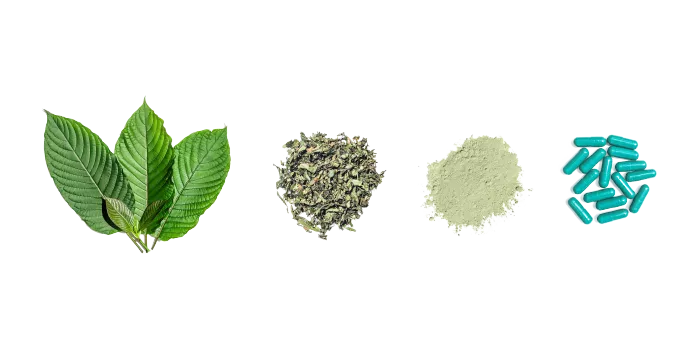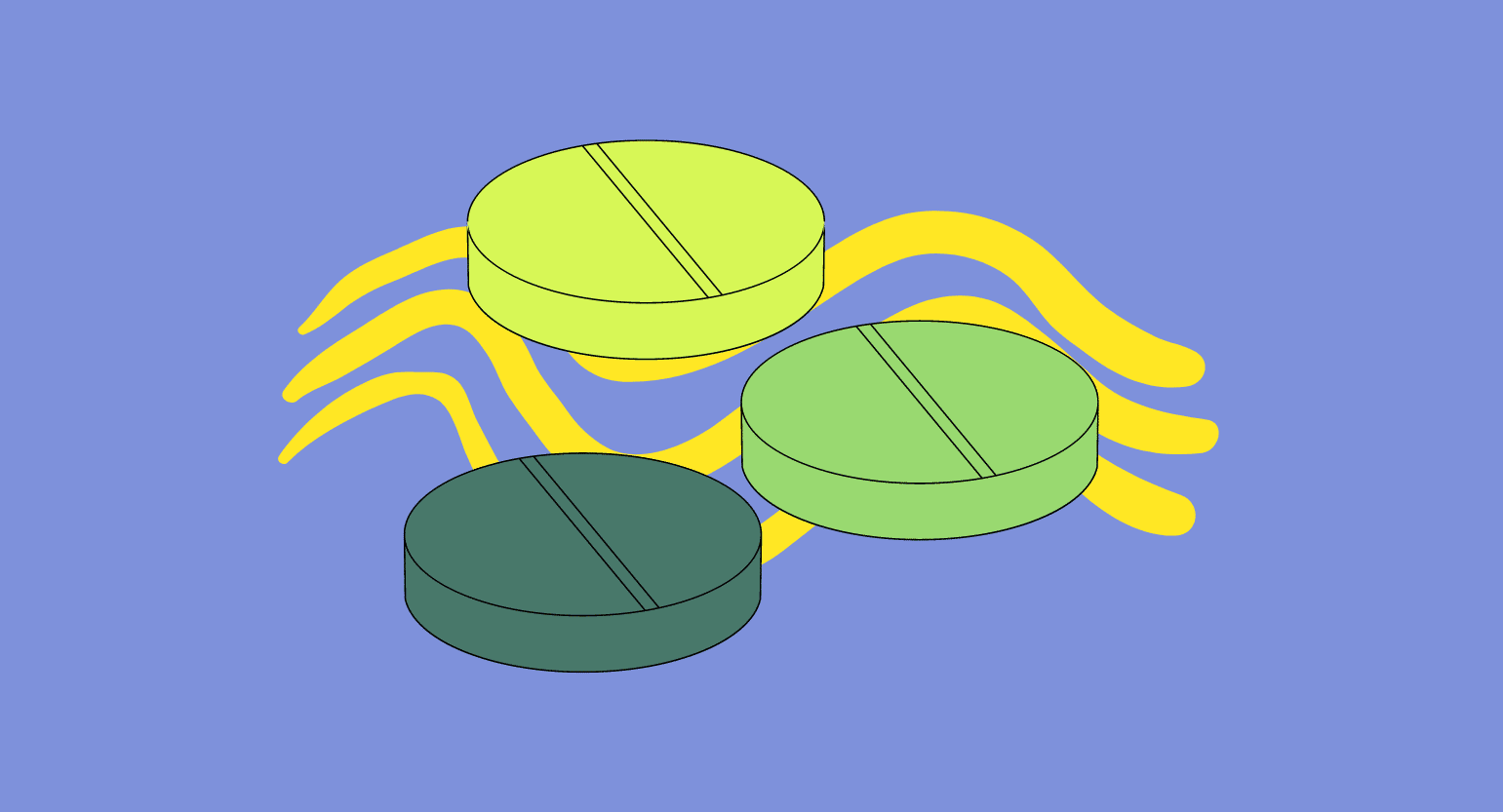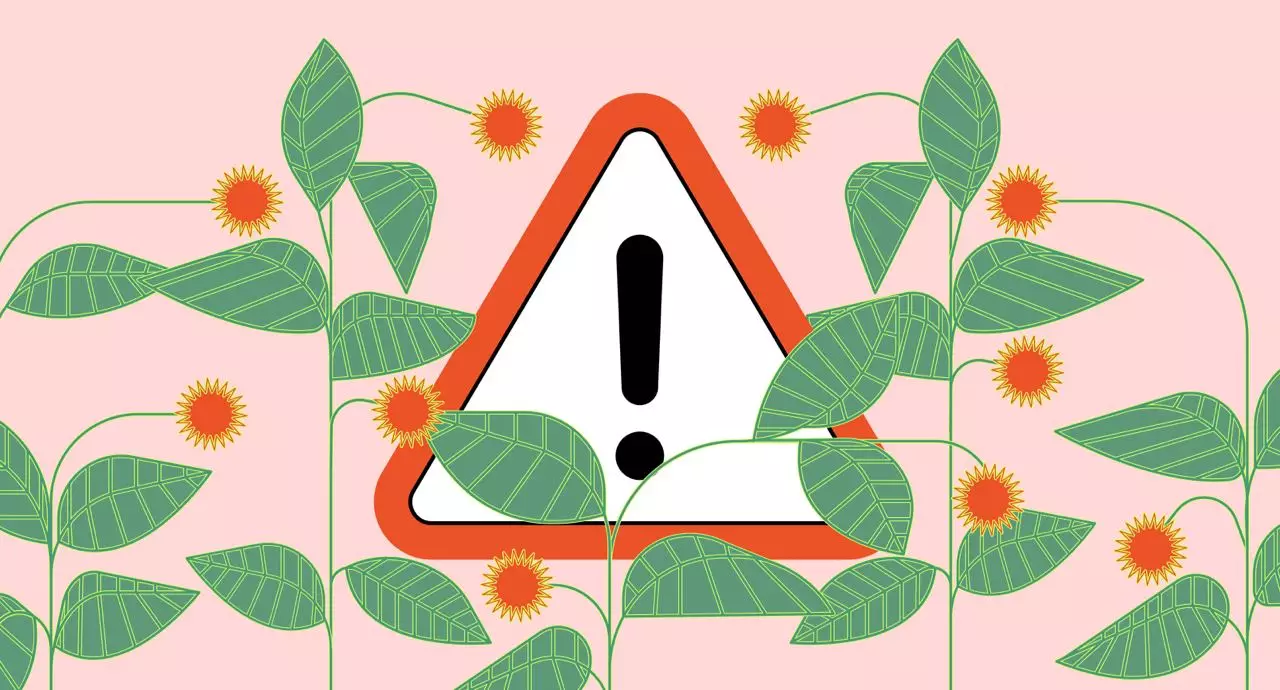What Is Kratom?
Kratom (Mitragyna speciosa) is most often consumed as a powder consisting of ground-up leaves from the Mitragyna speciosa tree. The tree is indigenous to southeast Asia, where the leaves have been used for centuries by traditional medicine practitioners.
Many natives still chew the leaves to reap the benefits, but most people buy kratom powder or capsules. Fortunately, it’s relatively easy to find trustworthy kratom vendors.
What Are the Traditional Uses of Kratom?
Kratom has remained a staple of traditional medicine for centuries and is wildly popular in Asian countries because of its reported benefits.
Like any natural medicine that’s been around, some uses prove to be effective while others not so much [1]. There isn’t enough research to fully understand everything kratom does (and what it doesn’t do), but science backs many of these [2].
It doesn’t stop there, either — kratom use has broad social and cultural implications as well.
Historical Medicinal Uses for Kratom
Kratom was — and for some of these, still is — a common household treatment for many of the following ailments:
- Anxiety
- Appetite-suppressant
- Combat fatigue
- Coughs
- Dewormer
- Diabetes
- Fever
- Increased libido
- Opium addiction
- Wound treatment
Cultural & Social Kratom Use
Kratom is a large part of the culture in many areas of Malaysia, Thailand, and South Asian countries [1]. Its use is socially acceptable and almost looked upon favorably, unlike the stigma associated with alcohol and drug use; using it implies you’re a hard worker.
Many men use it in the morning and throughout the day to battle fatigue and the heat. In the evenings, they use it to relax.

Kratom is used socially as well, and many men give it to their guests. Some Muslims use it to replace alcohol, and it’s even a part of some weddings and religious ceremonies.
Suggested Reading: How Kratom Can Help With Global Warming.
Traditional Uses & What Science Says
There’s a decent list of kratom uses, but what does the research say? The studies are limited, but here are the top ways people use kratom and the science behind it.
1. Pain Relief
Traditionally, one of the top uses was for chronic and acute pain relief, which is why many people still use the powder today. Kratom isn’t an opiate, but it interacts with opioid receptors in a similar way. It can suppress the central nervous system and block pain signals traveling from the brain [2, 3].
Additionally, the alkaloids in kratom bind to dopamine and serotonin receptors, which are closely linked to pain management and the perception of pain [4].
It has also been used as an opium substitute throughout history, suggesting that its similar pain-relieving effects have been well-known for centuries.
2. Concentration & Focus
Modern users report that smaller doses of kratom can boost mental acuity, including the ability to focus and concentrate [5]. This potential benefit has long been understood; traditional medicine practitioners have used kratom as an energy booster and a nootropic substance throughout history.
3. Sleep Aid
Many people use kratom as a sleep aid due to its relaxing effects. They typically report that larger doses provide sedation and calming effects, making the substance a great natural sleep aid [3].
Modern research supports this claim and shows that kratom can help some people who struggle to fall and stay asleep.

4. Anxiety
Kratom is also a valuable tool for reducing anxiety [2, 6]. Many current users report that larger doses tend to provide intense relaxation and can ward off anxious thoughts and feelings.
Modern studies suggest some validity to this claim due to reducing corticosterone — a hormone linked to stress — after consumption.
5. Boosts Energy
In countries where kratom has been popular for hundreds of years, natives chew the leaves for a natural energy boost and to feel more stimulated. The leaves have been used by workers in Southeast Asia specifically, where there is a need to stay awake and focused on the task at hand [2, 3].
Recent studies suggest that the alkaloids in kratom can provide a noticeable boost to energy [7]. Most users report that the feeling is similar to drinking several cups of coffee.
6. Aphrodisiac
Throughout history, kratom has traditionally been used to increase sexual desire. While it has served as an aphrodisiac throughout history, its ability to promote a healthier sex drive isn’t backed by much modern research. However, some studies suggest that kratom could help support a healthy libido [8].
7. Mood Enhancer
Many users, past and present, consume kratom for a sense of euphoria and an improved mood to stay away from prescription medications. Alongside its many medicinal uses, kratom was also used as an antidepressant and a mood enhancer [6, 9, 10].
8. Opiate Withdrawal
One of the most common modern uses for kratom is to mitigate opiate withdrawal symptoms. Kratom acts similarly to opiates and can help serve as a gateway to getting off of the drugs altogether [3, 6].
Reports from hundreds of years ago suggest that kratom was also used in traditional medicine to relieve withdrawal symptoms [11].

Wrapping Up: Kratom Throughout History
Kratom has been a popular medicinal herb in the eastern hemisphere for centuries. Traditional medicine practitioners have used kratom powder and kratom leaves for pain relief, boost concentration and energy, enhance mood, and treat many other issues.
More recently, modern scientists have begun to substantiate some of the claims made by traditional medicine and kratom proponents throughout history. Although scientific research has a long way to go before it deems kratom as functional, it has shed some light on how effective kratom can be for treating different ailments.
- Singh, D., Narayanan, S., Vicknasingam, B., Corazza, O., Santacroce, R., & Roman‐Urrestarazu, A. (2017). Changing trends in the use of kratom (Mitragyna speciosa) in Southeast Asia. Human Psychopharmacology: Clinical and Experimental, 32(3), e2582.
- Kruegel, A. C., & Grundmann, O. (2018). The medicinal chemistry and neuropharmacology of kratom: a preliminary discussion of a promising medicinal plant and analysis of its potential for abuse. Neuropharmacology, 134, 108-120.
- Veltri, C., & Grundmann, O. (2019). Current perspectives on the impact of Kratom use. Substance abuse and rehabilitation, 10, 23.
- Li, C., Liu, S., Lu, X., & Tao, F. (2019). Role of descending dopaminergic pathways in pain modulation. Current neuropharmacology, 17(12), 1176-1182.
- Mun, M., & Wong, A. (2020). Kratom and Phenibut: A Concise Review for Psychiatric Trainees. American Journal of Psychiatry Residents’ Journal.
- Swogger, M. T., & Walsh, Z. (2018). Kratom use and mental health: a systematic review. Drug and Alcohol Dependence, 183, 134-140.
- Fluyau, D., & Revadigar, N. (2017). Biochemical benefits, diagnosis, and clinical risks evaluation of kratom. Frontiers in psychiatry, 8, 62.
- Singh, D., Grundmann, O., Murugaiyah, V., Rahim, A. B. M., Chawarski, M., & Balasingam, V. (2020). Improved sexual functioning of long-term daily users of Mitragyna speciosa (Korth.). Journal of Herbal Medicine, 19, 100293.
- Johnson, L. E., Balyan, L., Magdalany, A., Saeed, F., Salinas, R., Wallace, S., … & Grundmann, O. (2020). Focus: Plant-based Medicine and Pharmacology: The Potential for Kratom as an Antidepressant and Antipsychotic. The Yale Journal of Biology and Medicine, 93(2), 283.
- Idayu, N. F., Hidayat, M. T., Moklas, M. A. M., Sharida, F., Raudzah, A. N., Shamima, A. R., & Apryani, E. (2011). Antidepressant-like effect of mitragynine isolated from Mitragyna speciosa Korth in mice model of depression. Phytomedicine, 18(5), 402-407.
- Hassan, Z., Muzaimi, M., Navaratnam, V., Yusoff, N. H., Suhaimi, F. W., Vadivelu, R., … & Müller, C. P. (2013). From Kratom to mitragynine and its derivatives: physiological and behavioural effects related to use, abuse, and addiction. Neuroscience & Biobehavioral Reviews, 37(2), 138-151.







